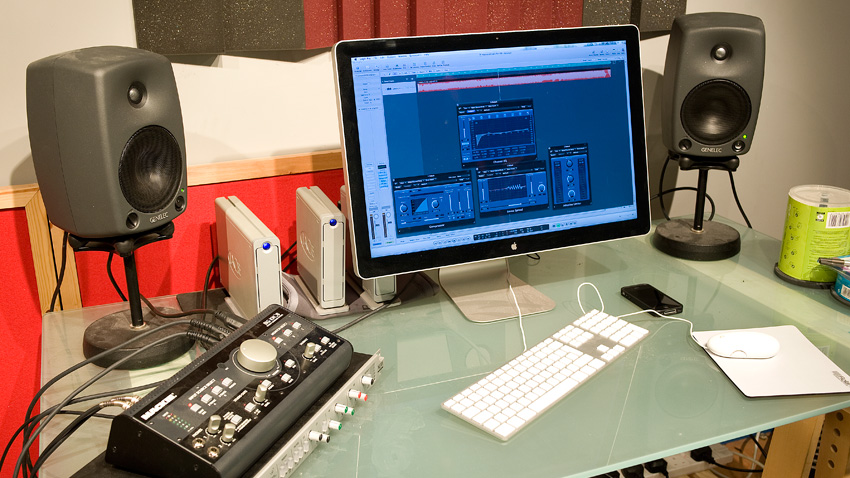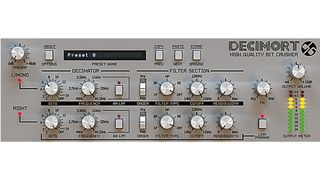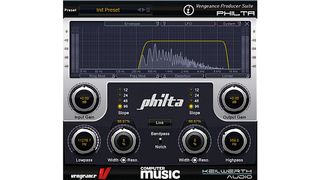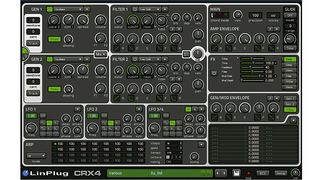12 counter-intuitive but effective mixing tips
They might sound weird, but your mixes will feel the benefit

You may have read tutorials on mixing before, but this one promises to be different.
We've put together a dozen tricks and techniques that fly in the face of conventional audio engineering wisdom but are guaranteed to improve the quality of your mixdowns.
For plenty more mixing advice, pick up Computer Music 210, which is on sale now.
1. Room > monitors
You should definitely use the best monitor speakers you can get hold of, but know that the acoustics of your room is an order of magnitude more important. An untreated room will skew the sound much more dramatically than a modest pair of speakers. Postpone upgrading your speakers until after you've treated your room.
2. Plugins can lie
Sometimes plugins do more to your sound than you might think. Lots of plugins have high-pass filters built into them to prevent unintentional DC offsets, others clip internally or mess with the input's phase/EQ. Trust your ears over what the plugin's interface tells you is happening.

3. Lo-fi can sound clearer
It seems logical to assume that higher sample rates and bit depths should sound 'better'. In reality, though, lo-fi plugins can sometimes make sounds clearer. For example, noise introduced during bitcrushing can be used to mask undesirable details in a sound, making it bolder in the mix. Similarly, sample rate reduction sometimes hides nastiness in the top end.
4. Learn from everyone
To produce exceptional mixdowns, you need to expand your awareness far beyond the average listener. Everybody hears sound and music in unique ways; even people with less production knowledge than you can offer invaluable insights into sound by discussing what they notice when they listen to music. Take every opportunity to be enlightened.
Get the MusicRadar Newsletter
Want all the hottest music and gear news, reviews, deals, features and more, direct to your inbox? Sign up here.
5. Why share reverbs?
It's often said that using a few common send reverbs helps to build a consistent mix - but we've got a variation on that. For the first sound that needs reverb, use a send reverb. For the second sound that needs some space adding, make a duplicate of the first send reverb, but tweak or replace it to fit that sound better, and so on. Bespoke reverb for each sound always wins!
6. Effort don't (necessarily) pay
Putting in loads of extra work doesn't guarantee extra quality when it comes to mixdowns. If you're struggling to get your mix to work, it might be that you need to try another approach. There are always many possible methods to achieve the effect you're after. If you're stuck, find a simpler solution.
7. Balancing is easier with automation
It's hard to get a good balance of sounds using static fader positions. The complex sonic interactions between instruments can make some notes more or less audible than others. Compression alone won't solve the problem adequately, so use volume automation to address inconsistent audibility transparently.

8. Steep filters aren't "clean"
Steep filters introduce more phase shifting - a form of distortion - than gentler, broader filter shapes. Because of this, they can sound awkward and are better suited for creative use than for keeping things clean.
9. Perfection is a myth
The human hearing system is seriously flawed - turn a mix up or down and the balance appears to shift. Every playback system is flawed in its own way, as is every listening environment. High standards are commendable, but know what you're aiming for, and don't chase the impossible.
10. Price ain't a thang
Don't be fooled into believing that price is a good measure of how useful a tool is. A lot of the best utility plugins are free, and some free effects plugins in some way outperform their pricier counterparts. Plugins are like colours in a palette: you need more than just your favourite few.
11. Headphone revelations
The way headphones work is so different to the way monitor speakers work that one could never accurately emulate the other. However, headphones can show up mix issues that might be harder to hear on your monitor speakers. Think of headphones as providing an important alternative perspective on your mix that you should check regularly.

12. Inaccuracies can be useful
Don't think for a second that you can rate a tool's general usefulness based on how 'accurately' it performs. Inaccuracies can be useful to your mix in many ways. For example, the Aliasing knob on LinPlug's CrX4 lets you add aliasing artifacts to its oscillators, which often increases the intensity and brightness of a timbre.
Computer Music magazine is the world’s best selling publication dedicated solely to making great music with your Mac or PC computer. Each issue it brings its lucky readers the best in cutting-edge tutorials, need-to-know, expert software reviews and even all the tools you actually need to make great music today, courtesy of our legendary CM Plugin Suite.

"If I wasn't recording albums every month, multiple albums, and I wasn't playing on everyone's songs, I wouldn't need any of this”: Travis Barker reveals his production tricks and gear in a new studio tour

“My management and agent have always tried to cover my back on the road”: Neil Young just axed premium gig tickets following advice from The Cure’s Robert Smith











